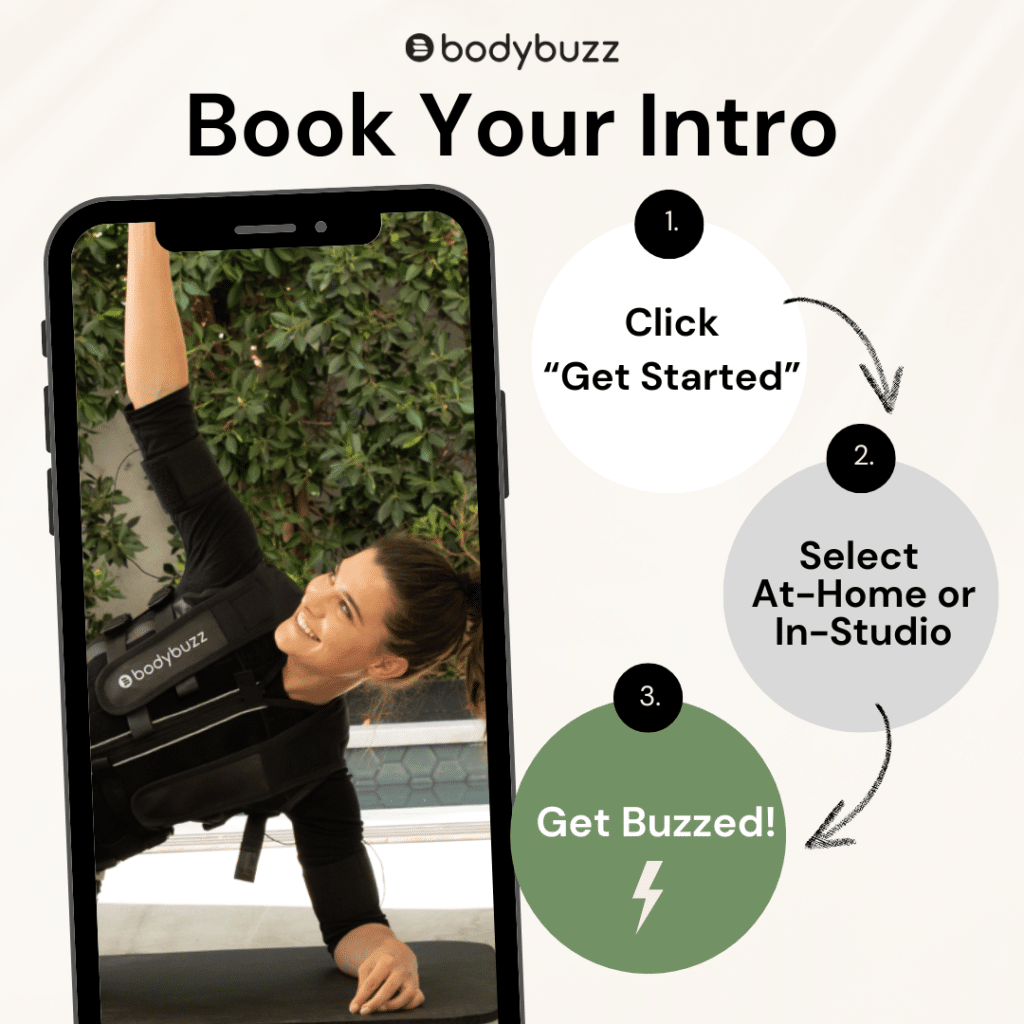Knee Pain and EMS Fitness
I remember a time when I referred to my knees as the right and left knee, instead of the good and bad one.
Knee pain can be a real drag, especially when it comes to osteoarthritis (OA). It’s a frustrating condition that can limit your mobility and make even simple tasks feel like a battle.
This blog dives into a recent study on EMS fitness for knee arthritis in overweight adults. We’ll explore why knees can be tricky to treat and how EMS workouts offer relief by strengthening your glutes and quads.
Why knees are complicated
The knee joint is a hinge synovial joint, which mainly allows for flexion and extension (and a small degree of medial and lateral rotation). It is formed by articulations between the patella, femur, and tibia. Knees also bear a lot of weight. When you have knee OA, the cartilage that cushions your bones starts to wear down, causing pain and stiffness. Strengthening the muscles around your knee, especially your glutes and quads, is crucial for supporting the joint and reducing pain.
However, traditional exercises can be challenging for people with knee OA. The pain can make it difficult to squat or perform other weight-bearing exercises effectively. This creates a frustrating cycle: weak muscles lead to more pain, making it harder to strengthen those muscles.
EMS fitness for knee health
A recent study investigated EMS fitness as a potential solution for knee osteoarthritis in overweight adults. Participants were divided into two groups: one received EMS training, while the other received the usual physiotherapy care.
Participants: Overweight adults between 40 and 70 years old with confirmed knee OA (grades 2 or 3) and at least 3 months of knee pain were included. People with regular resistance training or certain health conditions were excluded.
Method: Participants were divided into two groups. One group received WB-EMS training for 20 minutes, 3 times every two weeks for 7 months. This was preceded by a conditioning period. The other group received traditional care, which consisted of physiotherapy sessions within the first 3 months.
Outcomes: The main goal was to see if WB-EMS reduced knee pain more than traditional care. Researchers also looked at other factors including: levels of pain in daily life, function in daily activities and sports/recreation, overall quality of life, leg extensor strength, and how quickly participants could rise from a seated position. Body composition was also measured.
The EMS group saw significant improvements compared to the control group in several key areas:
- Reduced Knee Pain: This was the primary outcome of the study, and the results were promising. The EMS group experienced a greater reduction in knee pain than the control group.
- Improved Function: Participants in the EMS group also reported improvements in their daily activities, sports participation, and overall quality of life.
- Stronger Legs: The study found that EMS training led to increased strength in the quadriceps, a key muscle group for knee stability.
How does electrical muscle stimulation work?
EMS fitness uses electrical impulses to stimulate muscle contractions throughout your body. This can be especially helpful for people with knee OA because it allows them to strengthen their muscles without putting excessive strain on the joint.
- Reduced pain during exercise: EMS workouts can help reduce pain during exercise, making it easier to complete strengthening exercises for your glutes and quads.
- Improved muscle activation: The electrical stimulation ensures deeper muscle activation, which can be more effective than traditional exercise for people with weakened muscles.
- Increased strength gains: Studies suggest that EMS fitness leads to faster strength gains compared to traditional exercises alone.
Final thoughts
Knee OA, as well as any other knee issues can be a challenge, but with the right approach, you can manage your pain and improve your mobility. EMS offers a new option to explore alongside traditional treatments like physiotherapy.
If you want to try EMS, please book an intro session at our Costa Mesa EMS studio or contact us at info@bodybuzzfit.com. We also offer at-home EMS personal training in Los Angeles and San Diego.


